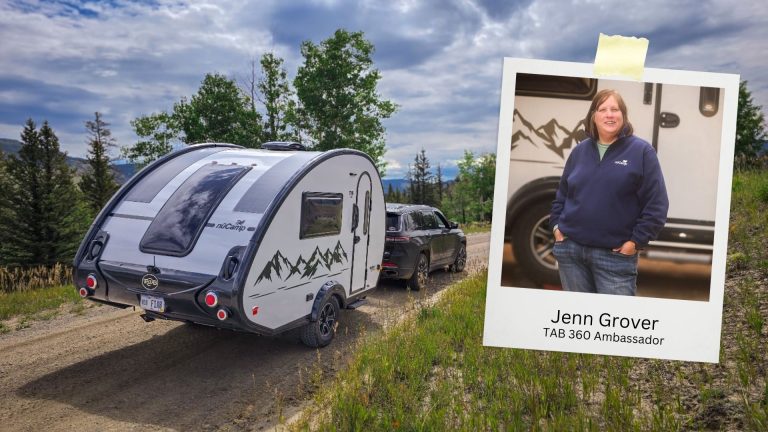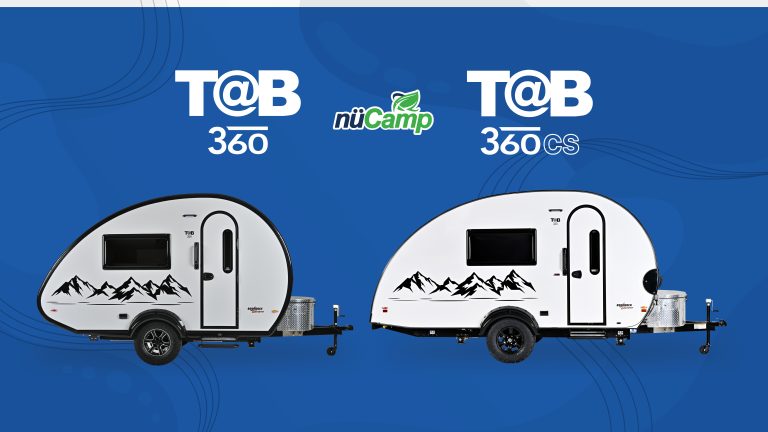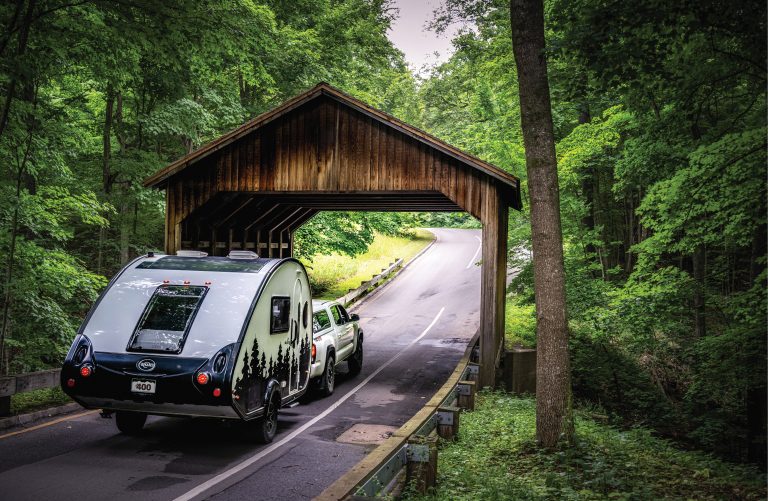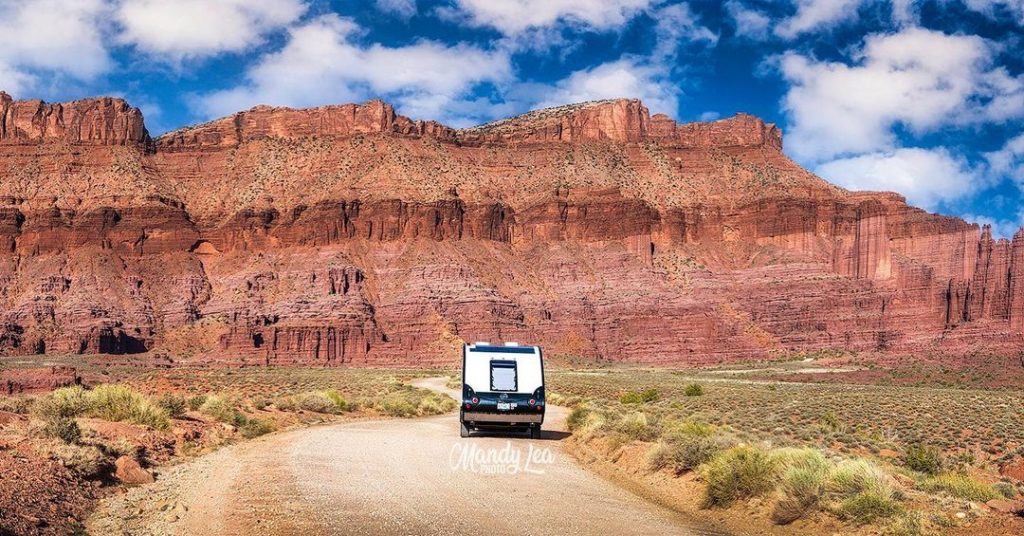You can’t wait to get on the road. You’ve been planning this trip, and now you finally can head out and see all those sites. But before you shift from park to drive, do a quick safety check of your rig to make sure it’s roadworthy. Otherwise, your first stop might be at a repair shop!
We’ve put together a list of what to test and inspect, with tips from our tech people, campers, and experts. But as always, refer to the owner’s manual for recommendations specific to your trailer.
Is this your maiden voyage with your rig? Check out our 5 Tips for First-Time RVers!
Electrical System
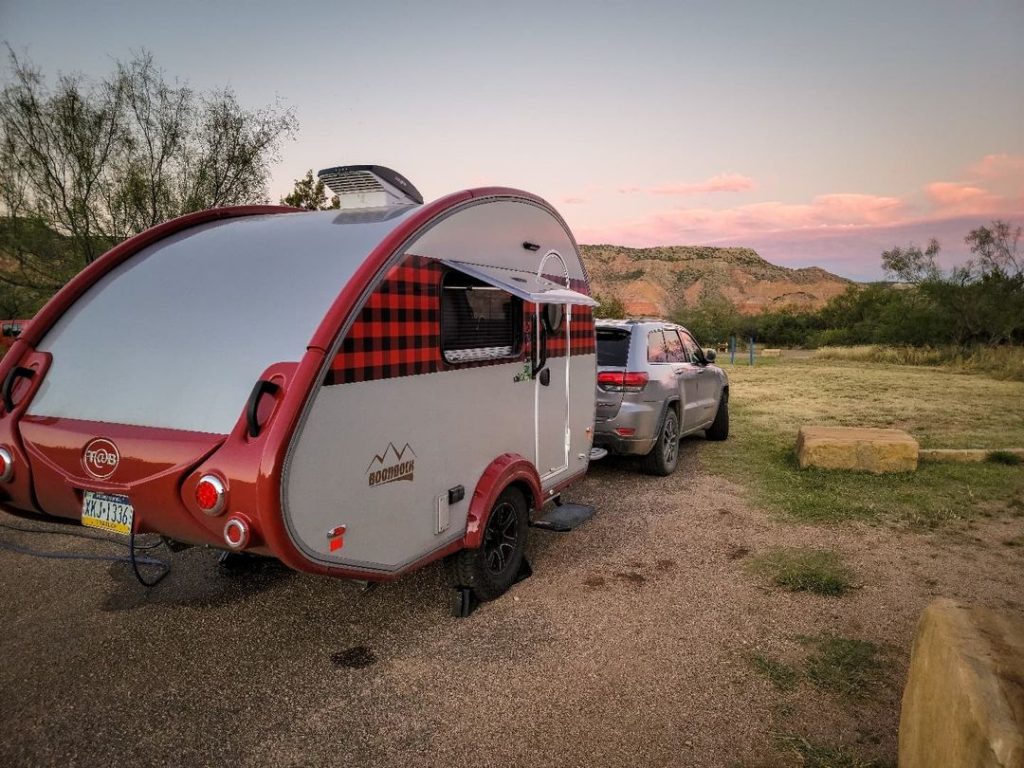
Check the power cords, converters, outlets, and wiring for any signs of damage. Then check the circuit breakers and fuses in the converter box for function. Check all the outlets including the GFCI (ground fault circuit interrupter) receptacles to make sure they are operational.
Here’s a simple way to check the GFCI receptacle:
- Push the Reset button on the GFCI receptacle to assure it’s operating normally.
- Plug a device with an ON/ OFF switch (a nightlight or hair dryer) into the GFCI receptacle and turn it on.
- While the device is running, push the Test button on the GFCI receptacle. The device should turn off.
- Push the Reset button again. The device should come on again.
If the device remains on when the Test button is pushed (Step 3), the GFCI is not working properly or has been incorrectly installed. Have a qualified, certified electrician assess the situation, and then rewire or replace the GFCI.
This is also a good time to check the auxiliary battery in your rig to make sure it’s correctly installed, fully charged, and in good working condition. Inspect the terminals for corrosion, and if they need to be cleaned, follow the step-by-step directions in this post from NAPA. Don’t forget to check your tow vehicle’s battery as well.
Emergency/Safety Equipment and Alarms
Test the smoke alarm by pressing and holding the test button until the alarm beeps four times. No sound? Replace the battery or purchase a new alarm.
Next, check your carbon monoxide/propane leak alarm. After the unit has been powered on for at least three minutes, press the test button until LED lights glow red and the alarm sounds twice. The alarm will then return to normal operation and display a flashing green LED every 8 seconds. No alarm? No lights? Have a service technician examine and/or repair it.
Every rig should have a fully charged fire extinguisher in a visible location. nuCamp trailers come with an extinguisher designed for Class B (flammable liquid, oil, or grease) and Class C (energized electrical) fires, as these are the most common in recreational vehicles. (Check out our post, What to Know About Fire Safety in Your RV, for more fire safety information.)
RV Geeks has a list of 25 must-have items for your RV roadside emergency kit, including an air compressor, safety hammer, road reflectors, a reflective vest, jumper cables, and battery jump-start box, and recovery tow straps. Check that post for more items.
Lights (interior/exterior)
Test the exterior lights to make sure they function. These include the driving and backup lights on the side and rear of the trailer and the turn signal indicators. And don’t forget to check the lights on your tow vehicle, too! If any lights don’t function as they should, have them repaired or replaced before heading out. Then inspect the 7-way connector plug for any signs of corrosion and clean if needed with a contact cleaner and brush.
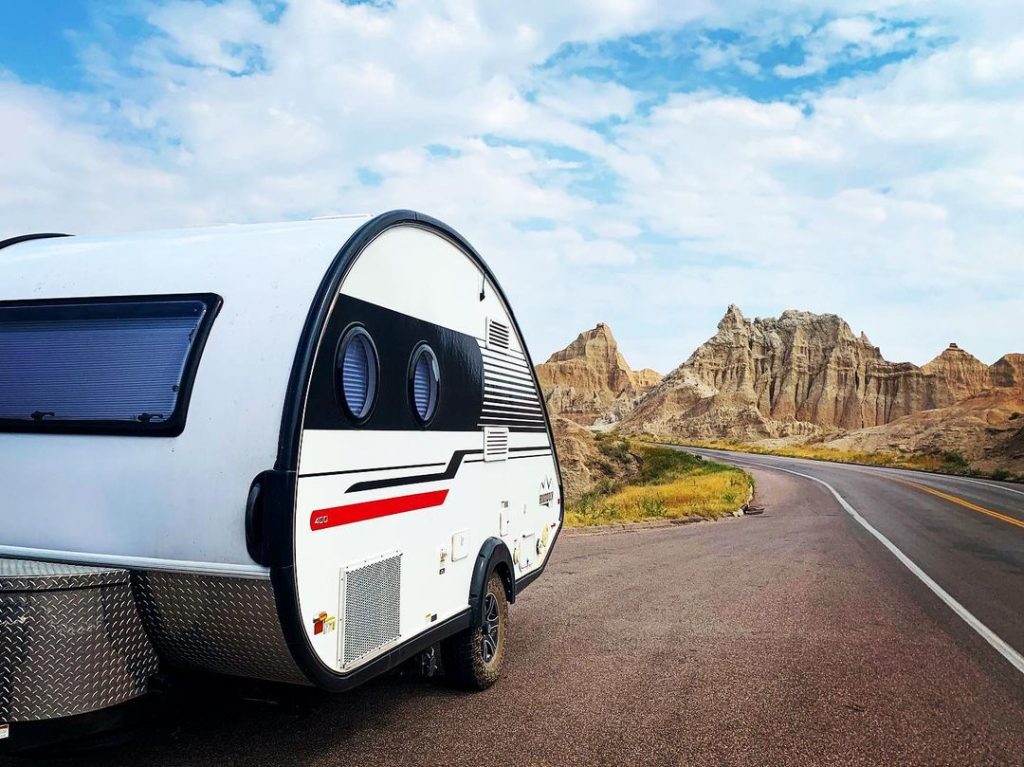
Finally, check any interior lights in your camper. Don’t wait until you’re boondocked in the dark to learn you lack illumination! If you have a problem with a light, have a service center take care of it since some are harder than others to replace, says nuCamp Technical Support Specialist Creed Hostetler.
This is also a good time to check your flashlights to make sure they work, and that you have spare batteries.
Trailer/Two Vehicle Connections
Inspect your ball on your hitch for signs of wear, corrosion, or cracks and that it’s fastened tightly to the hitch. Check the condition of the safety chains and ensure they are properly connected to the frame of the tow vehicle — not the ball or hitch.
Check that the breakaway switch lanyard is connected to a permanent part of the tow vehicle — not the safety chains, hitch, or ball — then test the breakaway system before towing on the road.
Water Tank/Hoses
Pressurize the water system and check for leaks by operating every faucet and water outlet and observing all visible plumbing joints, fittings, and connections for cracks and leaks. Keep in mind that an unchecked water leak at a plumbing joint can cause considerable water damage and costly repairs which may not qualify for warranty coverage.
The GoodSam blog recommends stowing the drain and fill hoses with their caps on, then dumping and resetting the black and gray water tanks. As for your fresh water tank, fill it with enough potable water to last until you arrive at your campsite, says American Family Insurance in this post.
Interior and Appliances
Shut off all gas appliances, then turn off the gas supply at the tank or bottles.
Check the LP gas system for leaks or malfunctioning parts before each trip to avoid mishaps. Then, fasten the LP tanks securely and properly in the bracket intended for them.
Shut off the HVAC system according to instructions in your owner’s manual.
Drivin’ & Vibin’ recommends stowing all loose items and latching all cabinet doors to make sure things stay where they belong. Then, close and latch all windows and vents.
Tires
Check the tires on the trailer and your tow vehicle when they are cold for the correct inflation pressure as well as their overall condition. Look for cuts, cracks, bald spots, foreign objects lodged in the tread, and any signs of uneven tread wear or exposed reinforcement cords.
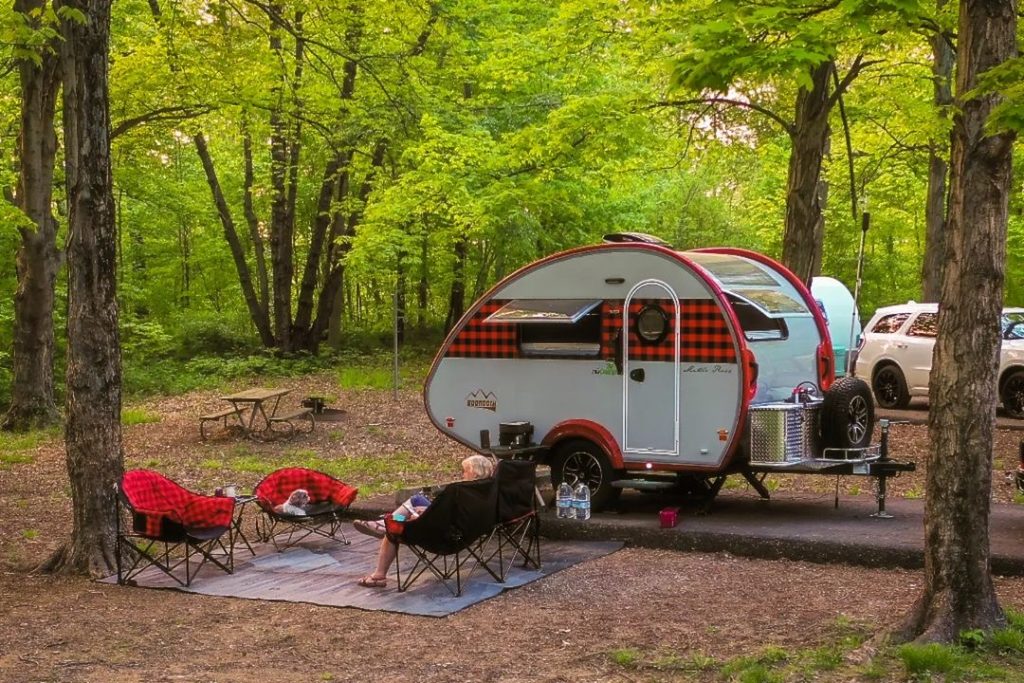
According to Camping World, the RV tire lifespan is around six years, with the manufactured date code on the sidewall following “DOT.” The first two numbers represent the week (measured by 52 weeks in a year) and the last two are the year.
Each tire should have a cap installed. (Add a few spare caps to your toolbox in case one gets lost.) Check the lug nuts on each wheel to make sure they are properly tightened. And be sure to check the condition of the spare tires for the trailer and tow vehicle too.
While you’re at it, verify that you have a jack, jack stand, a breaker bar with an extension and deep socket, and torque wrench — just in case you need to change a tire en route!
Watch this YouTube video or read this post from All Pro Tailer Superstore for tips. If you have a double or triple axle trailer, watch this YouTube video or read this post from The Camp Diary for advice.
Trailer Load Weight
The final step before starting your trip is to verify that your trailer isn’t overloaded and that the cargo is distributed evenly from side to side and front to back. Your owner’s manual will give you the Gross Vehicle (Trailer) Weight Rating (GVWR) and instructions for determining the correct loads for your rig.
Once you’ve confirmed that everything is operating properly and your load limit isn’t exceeded, you’re ready to enjoy your adventure!
Recent Articles

